Second Batch of Aegis
Japan’s Maritime Self-Defense Force (JMSDF) currently has eight Aegis destroyers, mostly intended for intercepting ballistic missiles, with two of them being the Atago-Class.
- General Overview
| Displacement | 7,750 tons (standard) |
| Length | 165m (541ft) |
| Beam | 21m (69ft) |
| Crew | 300 people |
| Speed | 30 knots (55.5km/h, 34.4mph) |
| Armament | 5 Inch Naval Gun×1 20mm CIWS×2 Anti-Ship Missiles×8 Vertical Launch System×96 Triple-Tube Torpedo×2 |
| Aircraft | SH-60 Helicopter×1 |
| Unit Cost | 1.4 billion USD |
Built to replace the aging Tachikaze-class destroyers and further improve beyond the previous Kongo-class Aegis warships, the Atago-class features several key enhancements, such as the installation of a helicopter hangar and stealth designs for the mast and naval gun.
One notable upgrade is the Atago-class’s capability to operate aircraft, a feature absent in the previous Kongo-class. Despite this strongpoint, the Atago-class does not carry patrol helicopters on a frequent basis, only using them whenever necessary.
In terms of armament, the main gun was replaced with a new 5-inch naval gun in alignment with the US Navy. Although this preference resulted in reduced firing and rotation speeds, it does offer better compatibility with the Aegis Combat System.
As JMSDF aegis warships are primarily responsible for fleet air-defense, they are equipped with the long-range SM-2 missiles rather than the usual Sea Sparrow missiles commonly found on other destroyers.
Both the SM-2 and the ASROC anti-submarine missiles are launched from the ships’s vertical launch system (VLS), enabling faster response and more loaded munitions.
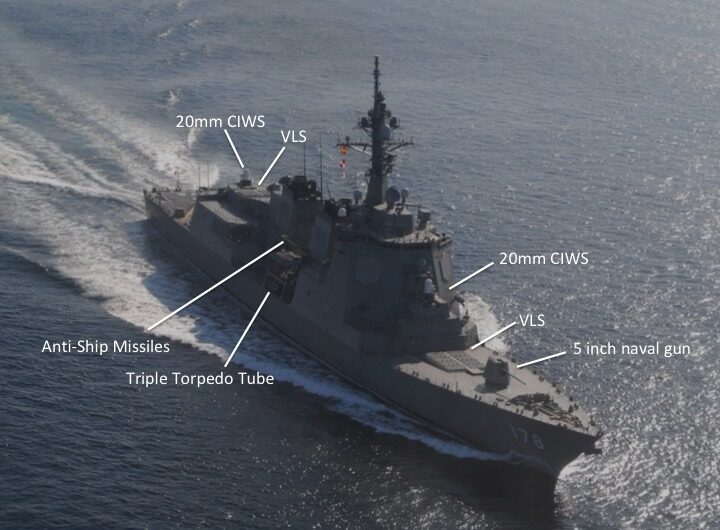 Main weapons of the Atago-class (photo: JMSDF)
Main weapons of the Atago-class (photo: JMSDF)
The Atago-class destroyers were built with an Aegis System of the Baseline 7.1 version, offering better performance compared to the Kongo-class’s Baseline 5 systems.
This version was adopted by the US Navy’s Aegis destroyers and South Korea’s “Sejong the Great-class” aegis ships at the time, making Atago one of the world’s most capable warships in the early 2010s.
However, the Baseline 7.1 system could only track and search ballistic missiles, not intercepting them .
This was deemed insufficient by JMSDF as North Korea was improving their nuclear arsenal each year, resulting in an upgrade to Baseline 9. This modernization came with the installation of the Aegis BMD 5.0, a system specifically designed for ballistic missile defense, thus providing interception capabilities.
Following this improvement, Atago successfully intercepted a simulated ballistic missile in 2018, but its sister ship, Ashigara, has yet to perform this test.
We should point out that while these upgrade efforts have added two more ships to the Japan’s BMD defense fleet, they have also enabled the Atago-class to simultaneously engage in fleet air-defense and ballistic missile interception.
Moreover, Atago and Ashigara are now capable of operating the latest long-range missiles, such as the SM-6 surface-to-air missile, making them valuable assets in conventional naval warfare as well.
2008 Collision Accident
In spite of these impressive features, Atago started out with a negative reputation when it collided with a fishing boat shortly after its commissioning.
The accident, which resulted in the tragic deaths of two fishermen, quickly sparked backlash from the media and public, as they questioned why such a highly-sophisticated warship could not evade a small fishing boat.
Considering the general perception of Aegis destroyers being the state-of-the-art modern warships, such criticism is indeed understandable.
But, as some experts pointed out, which ended up falling to deaf ears at the time, the Aegis system is characterized by its advance air-defense, whereas their surface radars are not that different from conventional ones.
Just because an Aegis warship is conspicuous in its air-defense capabilities, does not mean it can detect small maritime objects and have better maneuverability.
On Par With The Maya-Class?
After receiving flak from the outset, the Atago-class have been especially careful in their operation, fulfilling a countless missions without any accidents since then.
With the introduction of the latest Maya-Class, the Atago-class have become an older generation, but they are still one of JMSDF’s most valued warships nonetheless.
On the contrary, recent software updates have granted the Cooperative Engagement Capability (CEC) to the Atago-class, making it nearly equivalent to the Maya-class in terms of overall performance.
Additionally, the ship underwent modernization of its anti-submarine systems, allowing for better detection and combat readiness against enemy subs.
Taking these upgrades into account, it is safe to presume that the Atago-class destroyers remain extremely capable to this day, perhaps on a par with the new Maya-class.

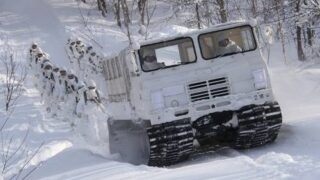
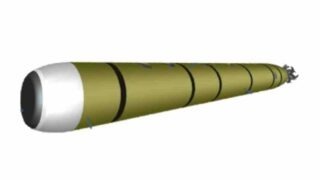


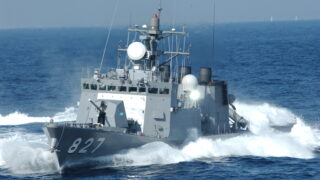
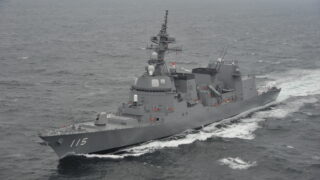
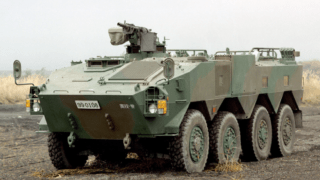
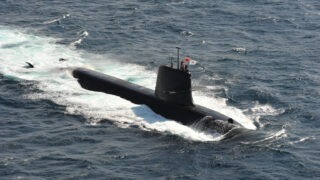
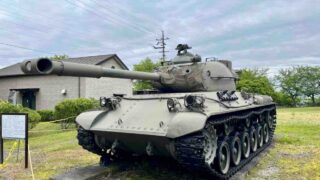
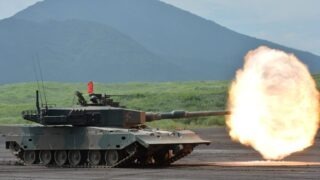

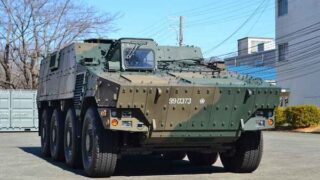
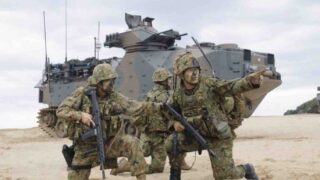
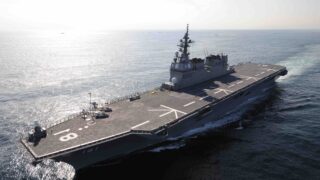
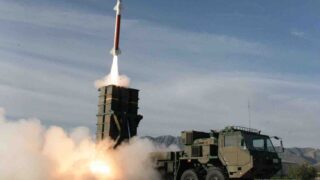

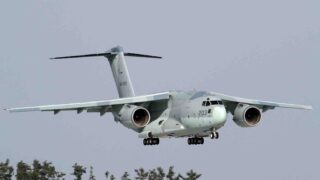
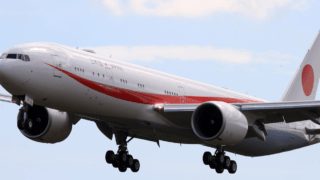
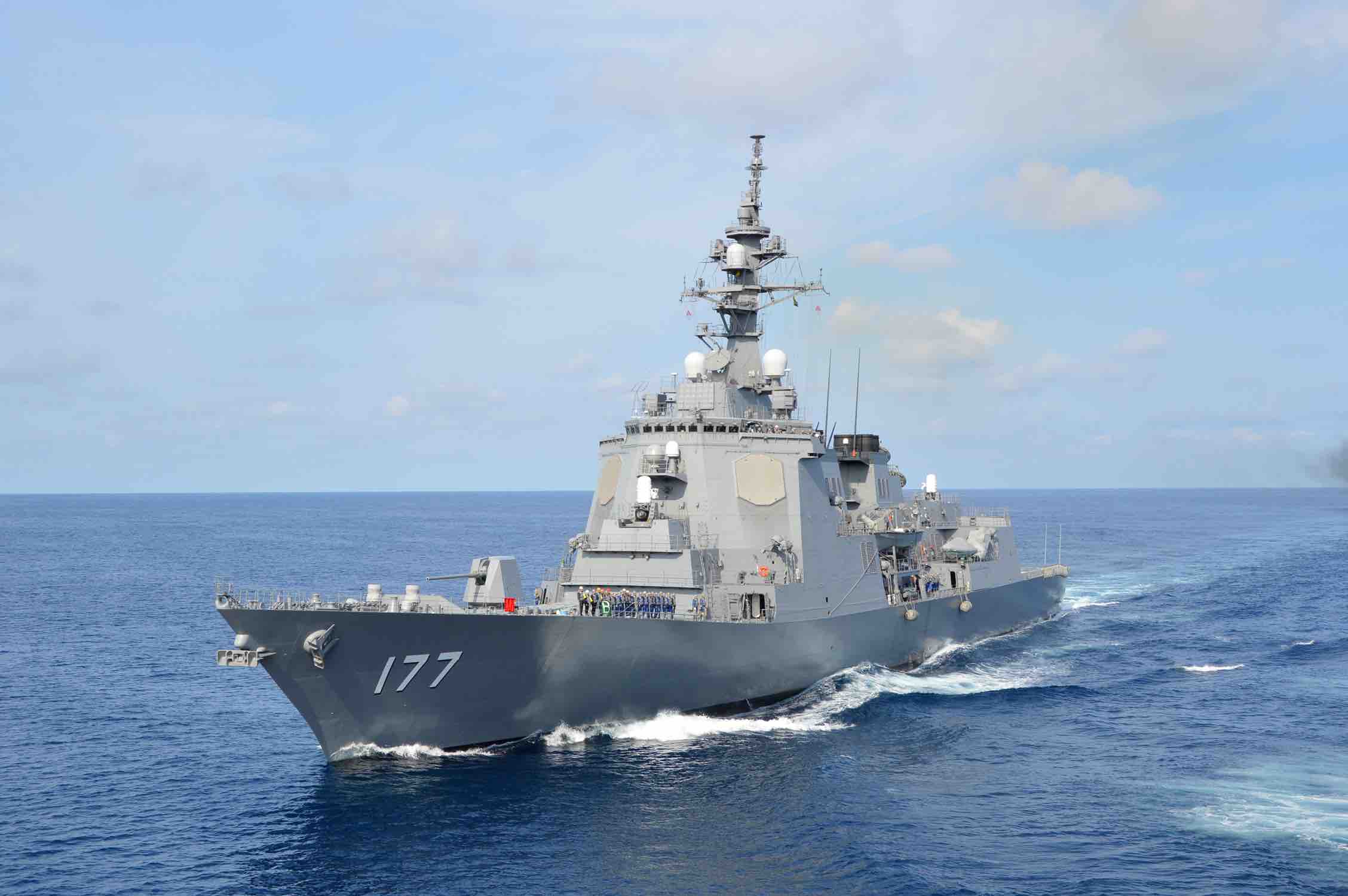
Comments